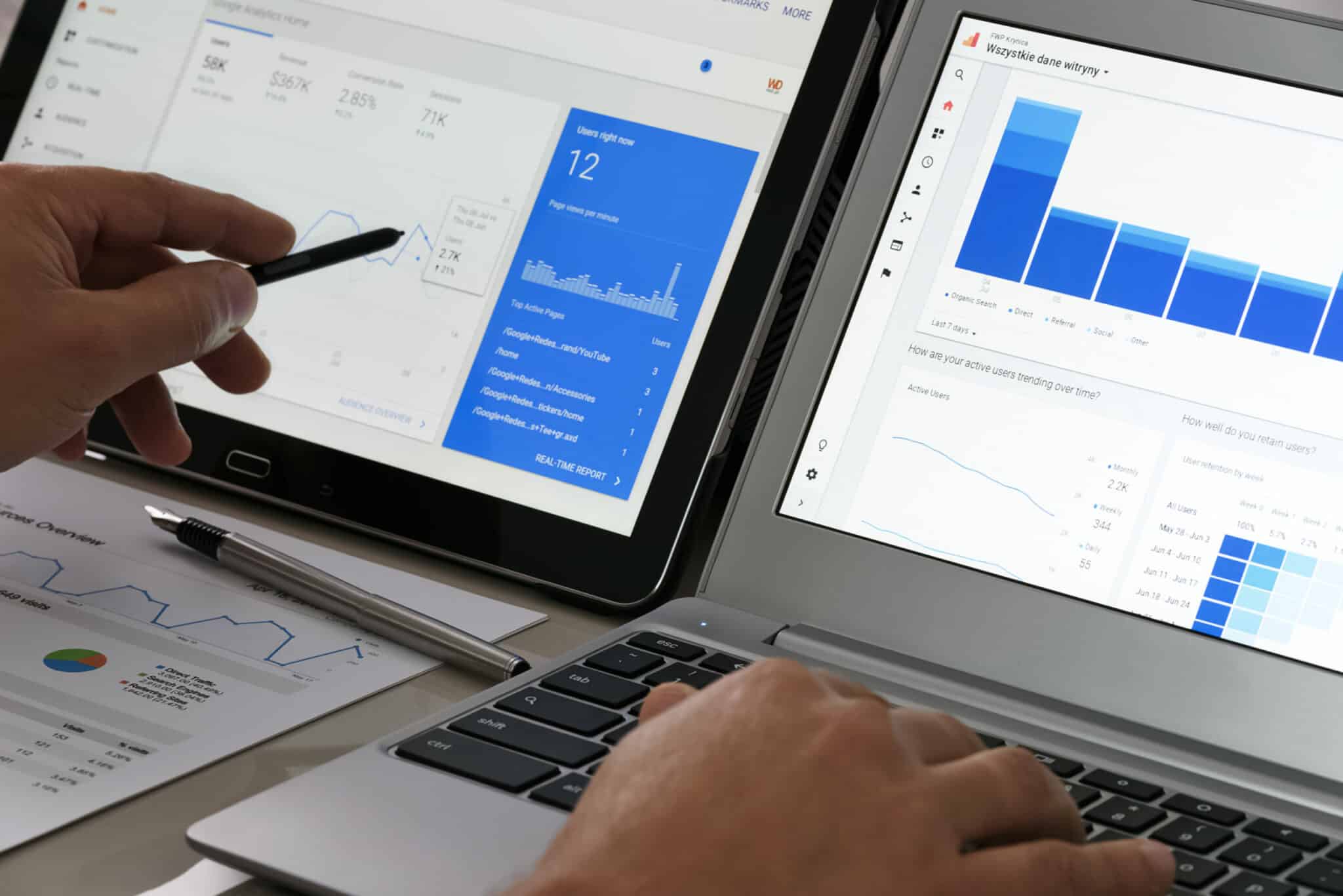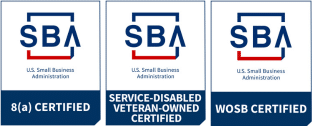Page two of Google… a mysterious place few people will traverse, making the front page a top prize for businesses.
The race for the top result can be described as Search Engine Marketing, or SEM for short. When you search Google, the responses that show up are SERPs, also known as the Search Engine Results Page. The end goal of SEM is a top spot on SERP. SEM functions as an umbrella term that includes pay-per-click (PPC) and Search Engine Optimization (SEO). Today’s blog will explore an overview of SEM, PPC advertising, and some best practices.
Businesses don’t simply stumble onto SERPs. Like any effective marketing strategy, it takes time, a savvy team, and some money. The two main avenues within SEM are PPC and SEO. The main distinguisher between the two is ranking top inorganically or organically. SEO is technically a type of SEM but is often referred to as its own practice. We will refer to it as its own strategy separate from SEM from here on. According to Hubspot, “SEM, or search engine marketing, is using paid advertising to ensure that your business’s products or services are visible in search engine results pages (SERPs).” This paid advertising is the elusive pay-per-click. Company’s pay a fee anytime their ad is shown on the SERP and someone clicks on their link. Seems simple right?
Unfortunately, there is a little more to discuss, like how do we get our ads out to people? And who earns money from PPC? It all starts with an Ad Auction; no, not the kind with little number signs and a man rapidly yelling numbers at you.
The most common PPC platform is Google, so we can take a quick overview of how Google’s Ad Auction works to get us started in SEM. First, know what keywords you want to bid on and how much you are willing to bid for each keyword. This bidding number is called a CPC, or cost-per-click, and is the maximum amount you are ready to spend each time someone clicks on your ad. This might sound scary, but the bid price is often not the actual price you pay.
The actual price is calculated by the following formula: (Competitor’s Ad Rank / Your Quality Score) + 0.01 = Actual CPC
Competitors’ Ad Rank is determined by their maximum bid multiplied by their quality score. So now that you have your bid and your keywords, Google will determine your ads Quality Score which is influenced by “factors, including how relevant your ad text is to searches, how likely people are to click your ad, and the quality of their experience once they reach your landing page.” Businesses want a high ad quality because it lowers the CPC and is more likely to appear on SERPs. For more detailed information on Google’s Quality Score, check out Google Ads Help Center.
Then comes the actual auction. When a query is submitted to Google, the algorithm determines the keywords best matched to the submission and considers your quality score and maximum bid before deciding which ads to show on the SERPs.
It is essential to have a mixed SEM strategy that includes SEO and PPC since PPC requires a consistent budget. If your company does not have a large budget to spend on PPC, start with keywords with buying intent. However, larger budgets can include keywords that target consumers at an earlier stage of their shopping experience. It is also essential to strike a balance between the popularity of the keyword and the competition within the ads under that keyword. Popular keywords have a high volume of competing ads and are more expensive than less competitive keywords. Using keyword research, businesses should find the sweet spot of not too much competition, but a relevant enough keyword to gain traffic.
There is much more to explore in SEM, including SEO and how to conduct keyword research we will explore in later blogs. SEM requires constant editing and manpower; let the Miner Agency take the marketing off your shoulders and lead your company to the front page.

